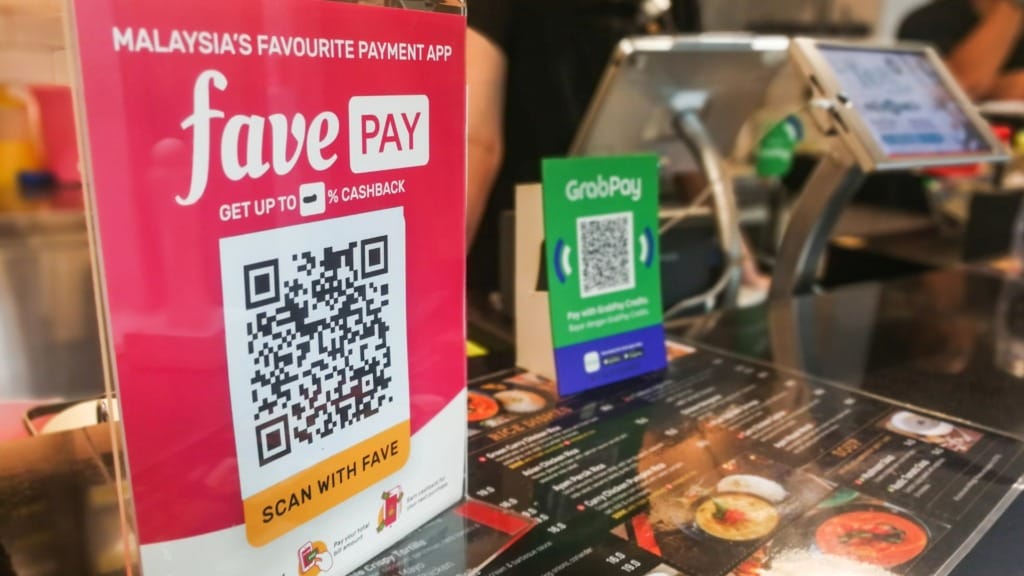Southeast Asia’s digital economy is on track to reach US$1 trillion by 2030, fuelled by rapid digital adoption, mobile-first consumers, and thriving e-commerce ecosystems. Yet, amid this momentum, one stubborn challenge persists: the inefficiency of cross-border payments.
Although regional governments have taken major steps to modernise payment infrastructure, introducing real-time payment systems and linking domestic networks, cross-border transactions remain inconsistent, costly, and opaque. Businesses operating across ASEAN must contend with multiple systems, compliance frameworks, and currencies, all of which add complexity and increase costs.
Ben Wong, General Manager for Southeast Asia and Hong Kong at Adyen, underscores how this fragmentation slows business growth and limits the region’s economic potential. Drawing on Adyen’s experience working with global and regional merchants, Wong offers a grounded perspective on what needs to change for cross-border payments to support Southeast Asia’s ambitions truly.
The challenges of fragmented cross-border payments in ASEAN
Despite widespread digitalisation, ASEAN continues to operate as a fragmented financial landscape. Each country maintains its banking standards, risk models, and technical infrastructure, resulting in a patchwork that complicates cross-border commerce.

“Markets like Thailand, Singapore, and Malaysia have made progress by linking their domestic payment schemes into cross-border networks,” says Wong. “But each market bears different payment infrastructure, risks, and systems.” For businesses, this fragmentation translates into operational inefficiencies and unnecessary friction.
The consequences are evident in sectors with high transaction volumes. Wong points to L’Occitane’s regional operations, where managing different payment systems has led to tedious, manual reconciliation processes. The burden of dealing with multiple vendors and integrations creates hidden costs and delays that are often underestimated. Over time, these issues reduce agility, compromise customer experience, and create bottlenecks to growth.
Currency conversion adds another layer of complexity. Fluctuating exchange rates and intermediary fees increase transaction costs, making it particularly challenging for SMEs to maintain competitive pricing. Inconsistent regulatory environments further complicate compliance, creating risks for businesses that operate across several ASEAN markets.
The role of technology and AI in overcoming payment fragmentation
Technology is proving to be a powerful tool in solving these challenges. While automation is often the headline feature, the real strength of AI lies in improving security, streamlining operations, and increasing the intelligence of payment networks.

“Businesses benefit even more when AI is tapped for strengthening risk management,” Wong explains. For example, Adyen’s AI-powered tool, Uplift, evaluates every incoming transaction in real-time to detect fraud. This is particularly useful in cross-border settings, where buyer profiles may be unfamiliar and visibility of bank-level data is limited. By distinguishing between trusted and suspicious transactions, AI helps reduce false declines while improving authorisation rates.
AI also enables smarter payment routing. Wong highlights how Adyen utilises machine learning to determine the most efficient path for each transaction, taking into account local acquirers, card schemes, and regulatory conditions. This optimisation leads to higher success rates and lower processing costs, benefits that are vital for businesses with large transaction volumes.
Unified platforms are another technological advantage. Instead of relying on separate vendors for different markets, merchants can use a single solution to manage payment acceptance, reconciliation, and compliance across countries. This not only simplifies operations but also enables richer data insights and better decision-making.

Regional infrastructure is also improving. QR-based payment linkages are being established between countries, enabling transactions to be completed using local wallets and eliminating the need for foreign exchange conversion. Thailand, Malaysia, Indonesia, and Singapore have already launched such initiatives. Additionally, Singapore’s Project Nexus aims to connect instant payment systems across borders, laying the groundwork for a more interoperable future.
The need for flexible, interoperable payment solutions
In a region defined by diversity—in languages, consumer behaviour, and economic maturity—flexibility is not a luxury but a necessity. Payment preferences across ASEAN vary significantly, with consumers utilising a combination of digital wallets, QR codes, credit cards, and bank transfers. A one-size-fits-all approach does not work.
“Businesses must be able to offer a range of payment options in order to meet local expectations and capture sales across different markets,” says Wong. This is especially critical for SMEs, which often operate with lean teams and limited resources.
Flexibility also means reducing reliance on heavy infrastructure. Many smaller businesses are turning to SaaS platforms to manage operations efficiently, from vendor coordination to financial reconciliation. Wong explains that these systems “improve cash flow with faster settlement cycles” and “simplify operations,” allowing SMEs to focus on growth rather than technical upkeep.
Governments are beginning to respond with more structured frameworks. The ASEAN Regional Payment Connectivity (RPC) initiative is a promising step toward harmonisation. It aims to enable real-time payments across countries in local currencies, bypassing the need for conversion through the US dollar or Euro. By improving settlement speed and reducing costs, RPC could significantly lower barriers to regional trade and commerce.
Adyen’s vision for the future of cross-border payments in ASEAN
Adyen takes a distinctive approach to cross-border payments. While it does not operate as a traditional remittance or wire transfer provider, its infrastructure is designed to support seamless commerce across markets through a single, global platform.

Vietnam Airlines offers a clear example of how this model works. Partnered with Adyen in 2017 for gateway services, the airline expanded the relationship in 2024 to include global acquiring capabilities. This enabled Vietnam Airlines to process both international credit cards and local payment methods, such as Alipay and WeChat Pay, across key markets, including Japan, Australia, the US, and Europe.
“With Adyen’s single integration, the airline can now process credit card transactions and local payment methods—resulting in higher authorisation rates and lower transaction fees,” Wong explains. Following the upgrade, Vietnam Airlines saw a 5% uplift in authorisation rates, a figure that speaks to the power of a unified payments approach.
Looking ahead, Adyen continues to invest in technologies that will further streamline the payments process. These include intelligent routing, network tokenisation, and real-time fraud prevention—all aimed at helping merchants convert more customers while managing risk and operational complexity.
Key takeaways and future implications
ASEAN is entering a critical phase in its digital economy journey. As regional trade expands and consumer expectations rise, payments must keep pace with these developments. The ability to move money securely, quickly, and cost-effectively across borders will become foundational to the region’s success.
As Wong puts it, “every cross-border payment is an opportunity to learn and refine the system further.” Businesses that embrace unified, AI-powered payment platforms will be better positioned to expand, while those clinging to fragmented setups risk being left behind.
With initiatives like RPC and platforms like Adyen driving progress, Southeast Asia is moving towards a more efficient and integrated cross-border payment landscape. The transformation will not happen overnight, but the foundations are being laid, one transaction at a time.





